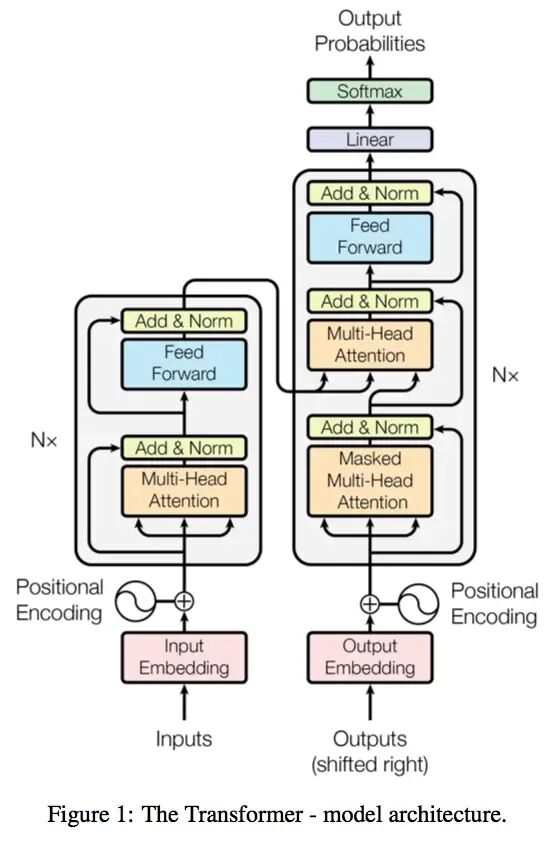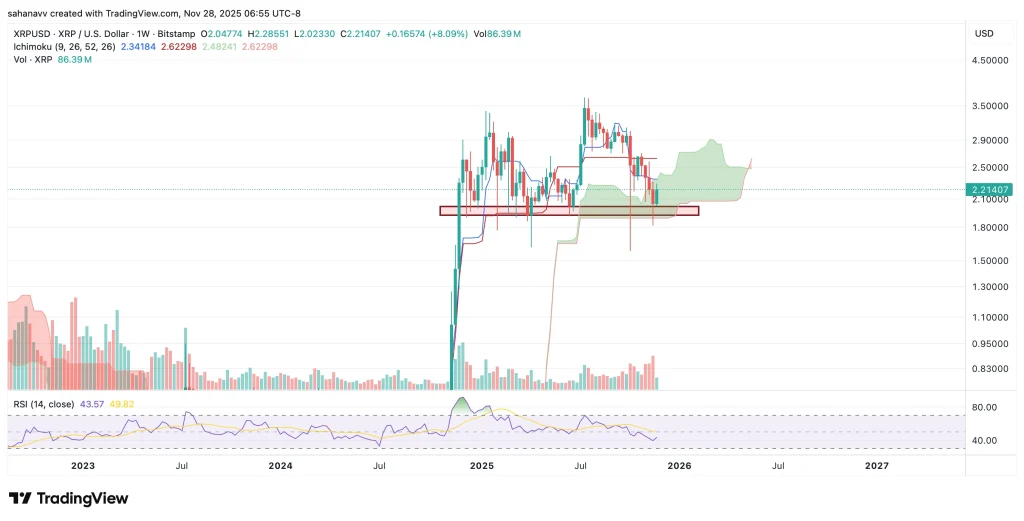The Bitcoin four-year cycle is a recurring market pattern tied to halving events that historically leads to an expansion and peak roughly every four years; recent analysis suggests cycles still influence price action, though institutional flows and macro factors may alter timing and amplitude.
-
Bitcoin four-year cycle may still guide market phases
-
Institutional involvement can reduce extreme volatility and shift cycle behavior
-
Analysts point to a potential cycle peak in October if historical patterns hold, with Q4 historically strong
Bitcoin four-year cycle analysis — see expert views and data-driven insights; read now to track the possible October cycle peak and adjust strategies.
What is the Bitcoin four-year cycle?
Bitcoin four-year cycle refers to recurring market behavior tied to halving events that historically reduce miner issuance and often precede multi-year expansions. The pattern typically includes an accumulation phase, a sharp expansion toward a peak, and a correction — though recent cycles show greater variability.
How does institutional involvement affect Bitcoin cycles?
Increased institutional participation can moderate extreme swings by providing sustained demand through custody and long-term funds. Industry leaders note that while volatility will persist, institutional flows may reduce peak-to-trough amplitudes and extend the expansion phase.
Saad Ahmed, head of APAC at Gemini, said cycles stem from human emotion: excitement leads to extensions and corrections. Analysts at analytics firms such as Glassnode have published data suggesting recent price action still aligns with long-term patterns.
When might the current cycle peak?
Some market commentators, including crypto analyst Rekt Capital, indicated a possible peak in October if the market follows a similar timeline to the 2020–2021 expansion. Historical seasonality shows Q4 has been strong for Bitcoin, with past data pointing to outsized returns in that quarter.
Frequently Asked Questions
Will the Bitcoin four-year cycle always predict price tops?
The cycle is a heuristic, not a guaranteed predictor. It highlights recurring phases but cannot account for new macro shocks or structural market shifts; use it with on-chain and macro indicators for better context.
How should investors factor cycles into strategy?
Use the cycle framework for timing and risk management: scale positions during accumulation, reassess on sharp rallies, and employ stop-losses or hedges near historically late-stage expansion signs.
What role do halving events play?
Halving events reduce new Bitcoin supply and often precede extended bull phases by shifting supply dynamics. Historical patterns show halving-to-peak timelines can span several hundred days, but past performance is not a guarantee.
Key Takeaways
- Cycle relevance: The Bitcoin four-year cycle remains a valuable framework for market phases.
- Institutional impact: Growing institutional flows may temper volatility and shift cycle timing.
- Watch October: Analysts cite October as a plausible peak if historical timelines repeat; monitor breadth and macro data.
Conclusion
The Bitcoin four-year cycle continues to offer a useful lens for market behavior, though its predictiveness can be altered by institutional participation and macro forces. Investors should combine cycle analysis with on-chain metrics, macro assessment, and risk controls — and track developments through Q4 as markets evolve.
Publication: COINOTAG — Published: 2025-10-01 — Updated: 2025-10-01



